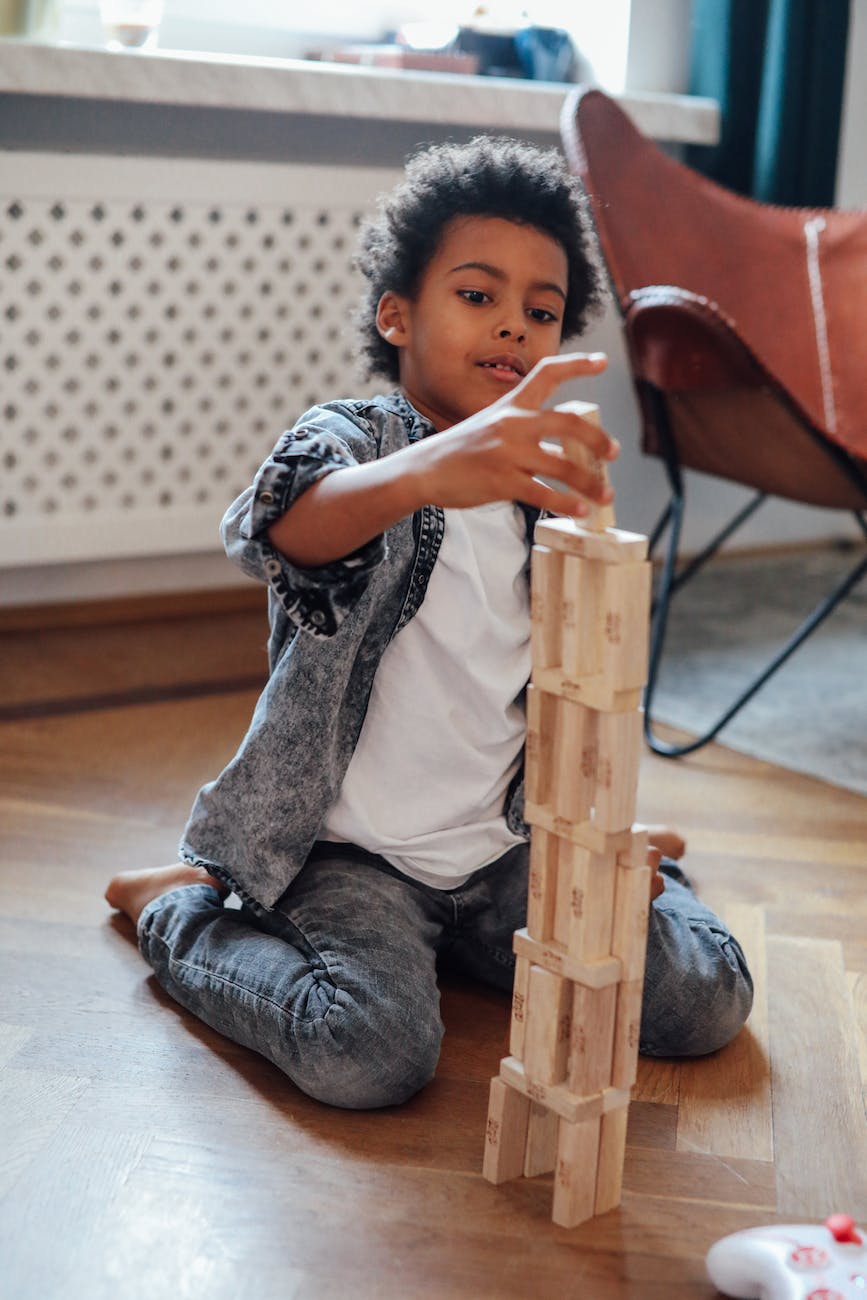In today’s fast-paced world, nurturing a child’s self-esteem is crucial for their overall well-being and success. As parents and caregivers, it’s our responsibility to provide them with the tools and support they need to develop a positive self-image and belief in their abilities. In this comprehensive guide, we’ll explore 20 practical strategies to help you build your child’s self-esteem effectively.
Read Also: How to Handle Teenage Tantrums in 20 Simple Ways
Understanding Self-Esteem
Self-esteem forms the foundation of a child’s emotional health and resilience. It encompasses how they perceive themselves, their worth, and their capabilities. A healthy self-esteem equips children with the confidence to face life’s challenges and pursue their goals with determination.
The Power of Positive Affirmations
Encouraging positive self-talk and affirmations can significantly impact your child’s self-esteem. By regularly affirming their strengths and capabilities, you reinforce a positive self-image and cultivate resilience in the face of adversity.
Celebrating Achievements, Big and Small
Recognizing and celebrating your child’s accomplishments, no matter how small, fosters a sense of pride and validation. Whether it’s mastering a new skill or showing kindness to others, acknowledging their efforts reinforces their self-worth and encourages continued growth.
Building Confidence Through Action
Confidence is cultivated through action and experience. Encourage your child to step out of their comfort zone and try new activities, gradually expanding their skills and capabilities.
Encouraging Independence
Empower your child by allowing them to make age-appropriate decisions and take on responsibilities. Offering autonomy fosters a sense of competence and confidence in their abilities to navigate the world around them.
Setting Realistic Goals
Help your child set achievable goals and break them down into manageable steps. Celebrate their progress along the way, reinforcing their belief in their ability to overcome obstacles and succeed.
Promoting Positive Self-Image
A positive self-image is essential for a healthy self-esteem. Encourage your child to embrace their unique qualities and talents, celebrating what makes them special.
Fostering a Growth Mindset
Teach your child the value of effort and persistence through a growth mindset. Emphasize the importance of learning from mistakes and setbacks, viewing them as opportunities for growth and improvement.
Modeling Self-Compassion
Demonstrate self-compassion in your own actions and words, showing your child that it’s okay to make mistakes and that self-love is essential for overall well-being.
Creating a Supportive Environment
A supportive environment is crucial for nurturing a child’s self-esteem. Surround your child with positive influences and role models who uplift and encourage them.
Encouraging Healthy Relationships
Help your child cultivate healthy relationships with peers and adults who value and respect them. Positive social connections provide a sense of belonging and acceptance, boosting self-esteem.
Open Communication
Create an environment where your child feels comfortable expressing their thoughts and feelings without fear of judgment. Open communication fosters trust and strengthens the parent-child bond.
Conclusion
Building your child’s self-esteem is a journey that requires patience, consistency, and unconditional love. By implementing these 20 simple strategies into your daily interactions, you can empower your child to develop a strong sense of self-worth and confidence that will serve them well throughout their lives.
FAQs
- How can I boost my child’s self-esteem? Encourage positive self-talk, celebrate their achievements, and provide opportunities for growth and independence.
- What role do parents play in shaping their child’s self-esteem? Parents serve as primary influencers in a child’s life, providing support, encouragement, and guidance that shapes their self-perception.
- Are there any activities I can do with my child to promote self-esteem? Engage in activities that highlight your child’s strengths and interests, such as sports, arts, or volunteering.
- How can I help my child overcome setbacks and failures? Teach resilience by framing setbacks as learning opportunities and offering support and encouragement during challenging times.
- Is it normal for children to experience fluctuations in self-esteem? Yes, self-esteem can fluctuate depending on various factors, including social interactions, academic performance, and life events.
- What should I do if my child shows signs of low self-esteem? Offer unconditional love and support, encourage open communication, and seek professional guidance if needed.
